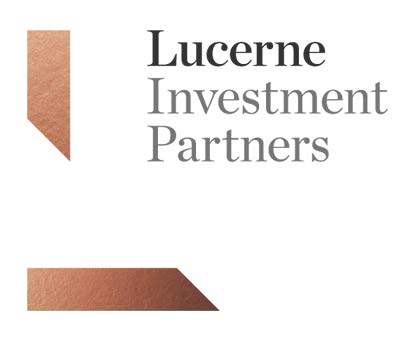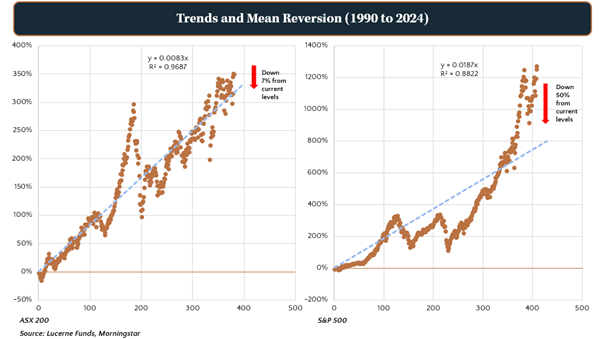How holding fewer equities, even when markets are flying, can improve your returns...
In this wire, we're continuing our Rapid Fire conversations with leading fund managers in certain parts of the market. Previous conversations around commodities, global equities, and small caps can be accessed in the links at bottom of this wire.
Today's focus is on Alternatives, and to discuss the space, I spoke with Lucerne's Chief Investment Officer, Michael Houghton.
.png)
What has been the biggest driver of returns for your asset class over the past six months?
As an alternatives investor, the uncorrelated assets we hold have driven returns. This includes hedge funds, regulated carbon markets, volatility arbitrage and credit default swaps.
Some of these seem counter intuitive given the one way direction of equity markets but the investment selection driven by themes and keeping beta out of the portfolio means we achieve equity like returns but only assume half (or lately, less than half) the risk of equity markets.
What have been the biggest surprises since January and how have they impacted the way you are investing?
The biggest surprise has been the continued strength in equity markets, even as valuations become unsustainable (in our opinion) and the case for interest rate rises resurfaced—although we have always held this view.
This has also seen another surprise—extremely low volatility as measured by the VIX.
Our strategies, though, have been able to take advantage of rising rates and low volatility.


What is the biggest risk to your outlook - what would cause you to change your investment thesis?
We constantly monitor risk and the impact of markets and economies on our investments. As Alternatives investors, we seek uncorrelated returns not only to traditional markets but also within our portfolios.
Our investments are always driven by overarching thematics, with the intention that short-term noise should not be detrimental to the thesis.
However, if inflation were to suddenly drop to the target range, we would definitely look to allocate within our thematic to opportunities that would still benefit from this change.
Will your portfolio set look different from the first half to the second half - if so, how?
Our portfolio is currently undergoing some changes for the second half. Mostly because a couple of our underlying investments have fully exploited the opportunity available to them and we have rotated to other investments in the sector that still have the potential to perform in an uncorrelated way based on the view interest rates will remain elevated for the coming 6 to 9 months.
What is the biggest opportunity you see for the rest of the year?
Again, being an Alternative investor, we do think differently and we would be excited to see volatility return to high teens or even spike much higher once or twice.
This would create an ideal outcome for our investors and their return.
If this were to happen, it means equity markets would be falling or whipsawing, interest rates probably increasing and inflation, employment and other key indicators showing signs of stress and possibly the start of a recessionary environment.
Bleak for traditional portfolios but an opportunity for how we invest.

What would you say to investors considering investing in your asset class?
Alternatives are a vast universe of complex investments. Even more so for retail or smaller investors seeking accessible alternative investments with liquidity.
Our view is that you can smooth your return profile – and most likely achieve better returns - while lowering portfolio risk with an allocation of as little as 10% in your portfolio to a well-managed, diversified portfolio of truly alternative investments.
As an example, we have run portfolio analysis for investors that shows an allocation to our fund of 10% would have provided approximately a 1% improved return, while lowering the portfolio’s volatility. Just look at the ASX200 return for the last six months vs our alternatives portfolio and contrast their risk numbers.
January 2024 to June 2024 (includes estimated June performance for LAIF)
|
LAIF |
ASX 200 |
|
|
6 Months |
7.88% |
2.33% |
|
3 Months |
1.79% |
-1.64% |
|
Annualised Volatility |
4.93% |
10.53% |
Other wires in the series
.png)
.png)
.png)
4 topics
2 funds mentioned
1 contributor mentioned


